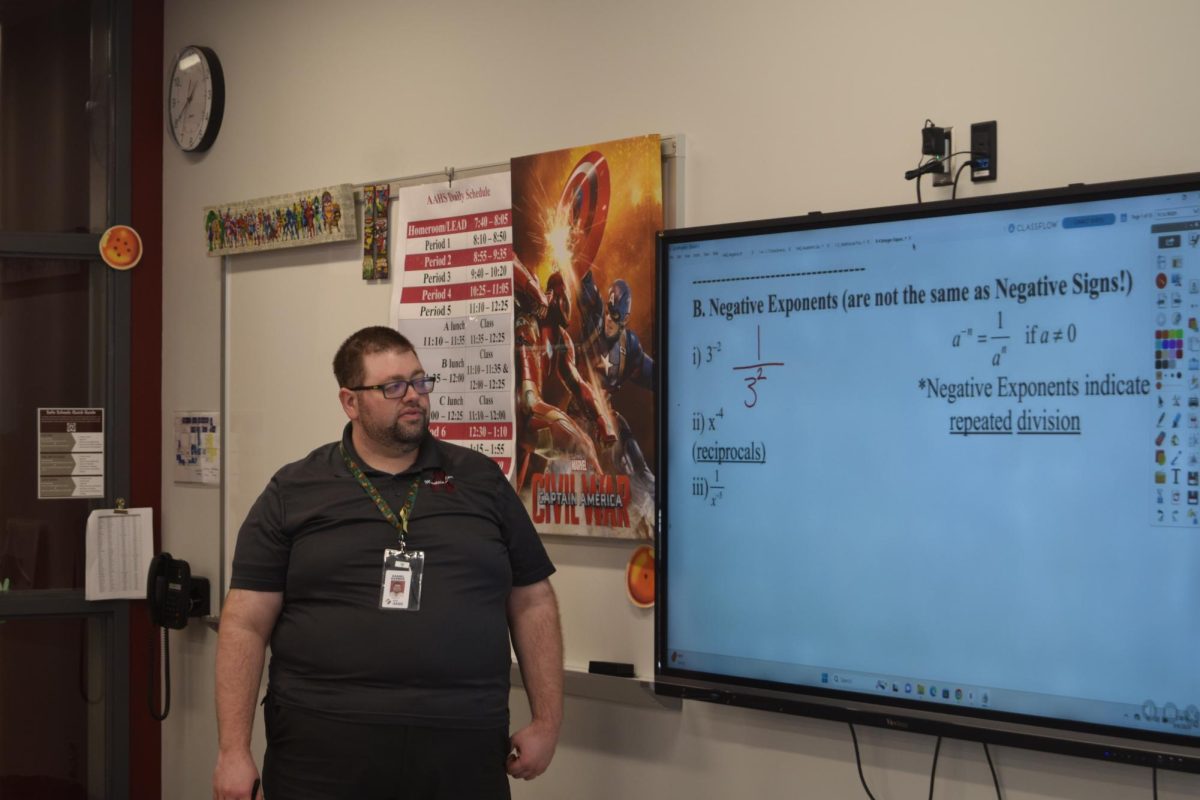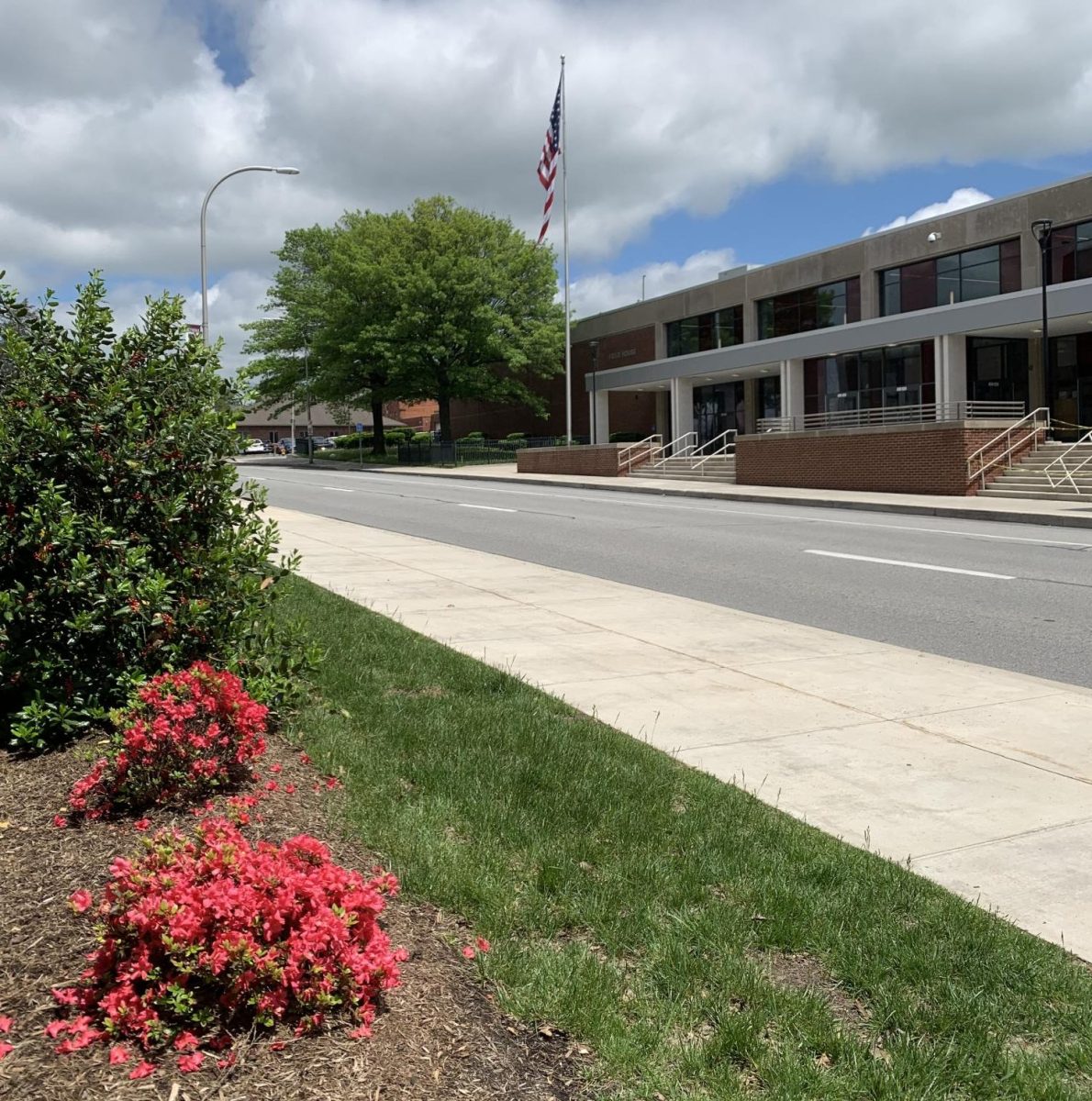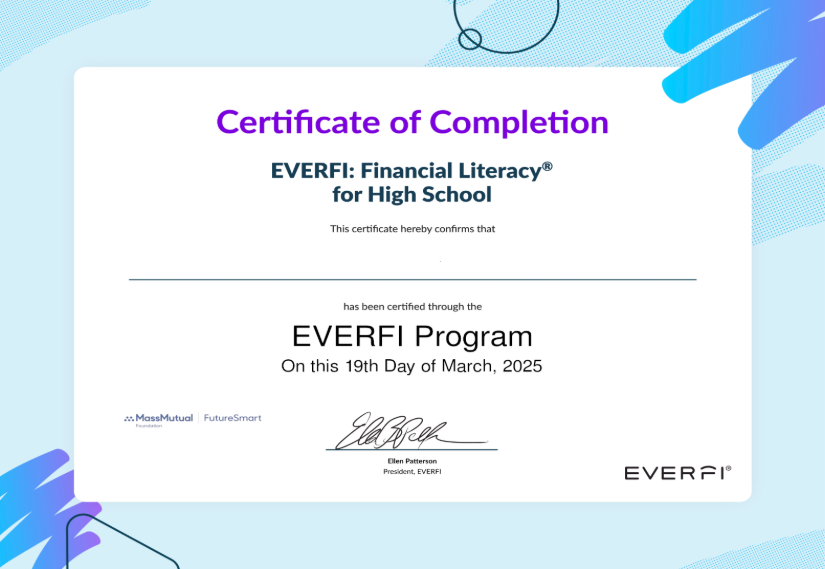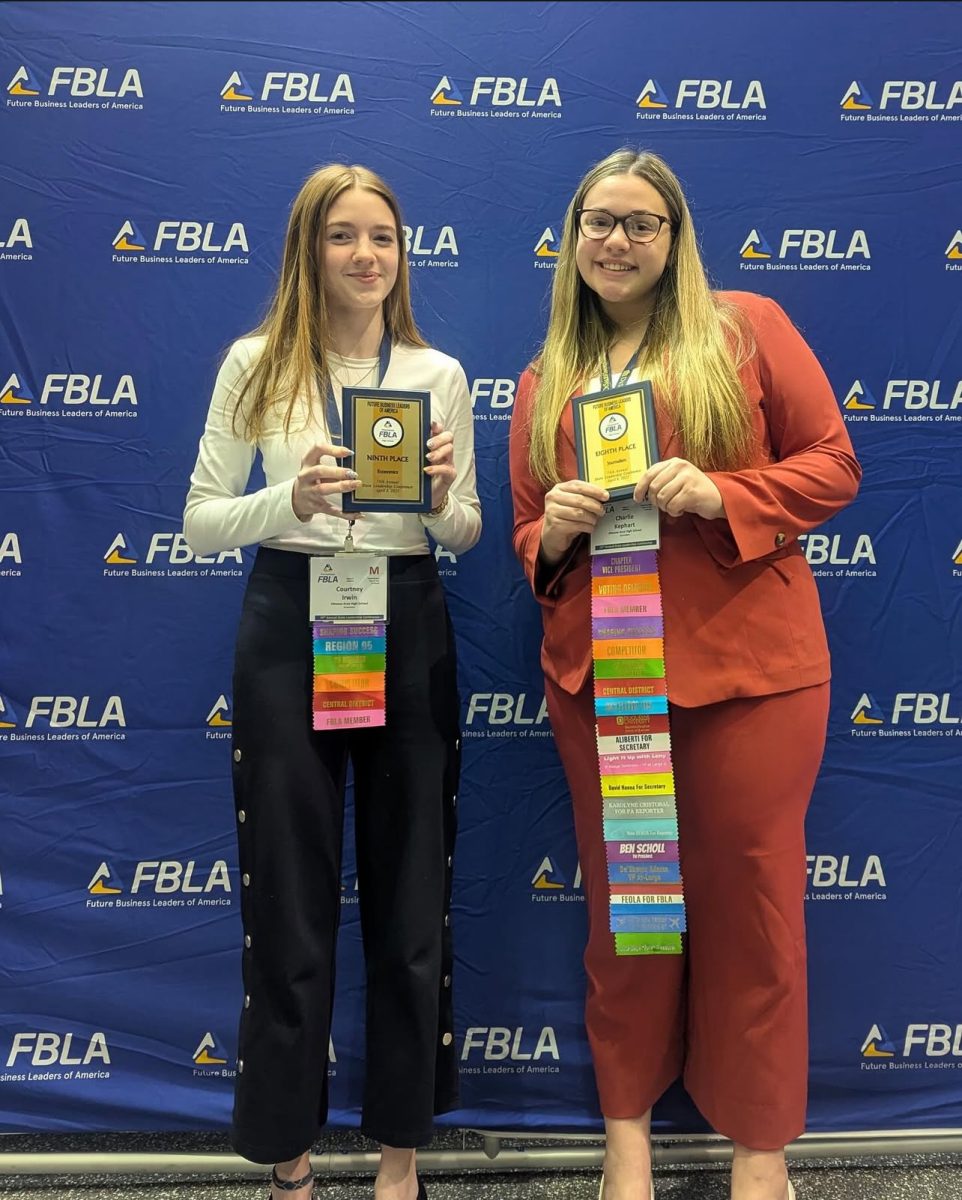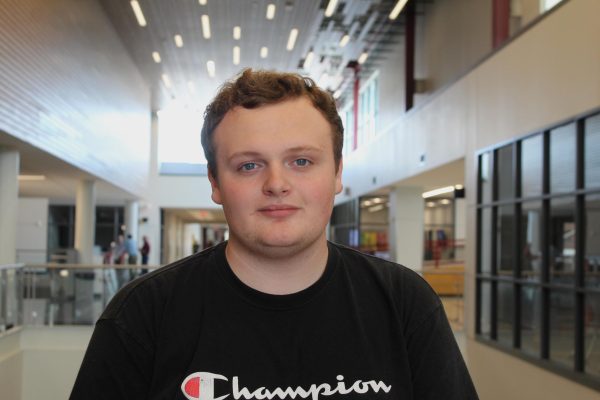The Altoona Cyber Academy (ACA) is undergoing significant changes as part of a revamp aimed at better integrating the program into the daily schedules of teachers and students alike.
The changes came about shortly after the resignation of longtime ACA coordinator Daniel Harber, who stepped down to return to teaching in the classroom.
“I felt like I needed a change in my life,” Harber said. “I’d been thinking about it for a while and after seeing some math positions open up in the high school, I thought it’d be nice to do more hands-on work in the classroom rather than administration.”
Harber, who played a key role in shaping the ACA during his tenure, said the program has seen its share of changes since his departure
“While I was still there, we just kind of made an outline of how it could better be worked into a teacher’s school day,” Harber said.
Jason McGinnis, principal of the ACA program, has been instrumental in overseeing these recent changes. He detailed how the program has shifted from an after-school activity to one that’s embedded within the regular school day.
“The program has been totally revamped,” McGinnis said. “Before, we had staff paid on an hourly basis who were working outside of the school day, but now we have cyber classes built into their daily schedule.”
This adjustment has had a profound impact on both teachers and students, allowing for a more traditional classroom environment with increased one-on-one interaction.
“This change has some advantages in allowing teachers to help out students more directly in something closer to a one-on-one classroom environment,” McGinnis added.
The Altoona Cyber Academy has been around for 14 years, and McGinnis believes these updates will help the program evolve.
“We want to continue to build on the foundation that we’ve built over the past 14 years, as well as take it to the next level,” McGinnis said. “We need to strike a balance between the students who want more independence and flexibility in their schedule and those who need more direct instruction from their teachers.”
Students themselves are optimistic about the changes. ACA student Samuel Hiles is hopeful that more direct instruction could benefit his learning experience.
“I think that a more hands-on teaching style could help me learn more in the ACA program,” Hiles said.
As the ACA moves forward, Harber offered advice to both teachers and students navigating the revamped program. To teachers, his guidance was simple: keep an open mind.
“My biggest advice to teachers who are new to the program is to just keep an open mind and be aware of the situations that some kids might be in, whether that be due to financial, medical or personal constraints,” Harber said.
McGinnis echoed a similar sentiment to students, advising that they continue to get more involved in student life.
“I would say to students new to the program, the best thing to do is to continue to get involved,” he said. “Just because you’re in ACA doesn’t mean you can’t still get involved in student life like clubs, prom and Homecoming. Being part of a community and learning those skills is just as important as the base education.”


